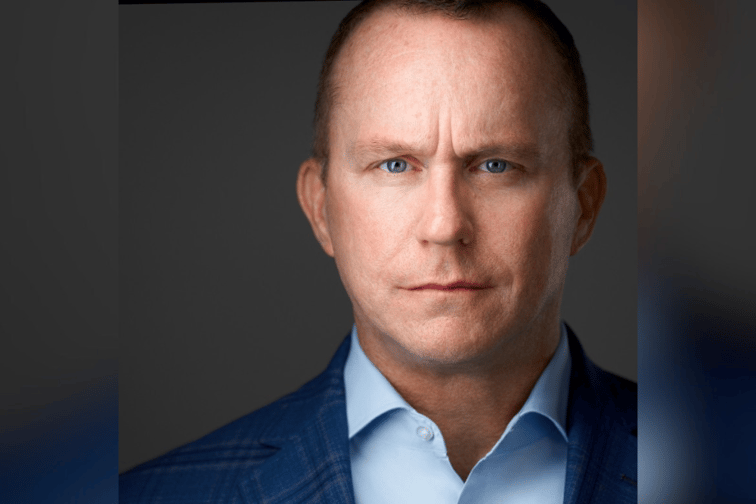

The cost of hospital labor, drugs, and medical supplies continue to rise significantly, and hospitals are likely to pass those costs on to health insurers. But it’s employers who’ll end up paying the bill and will seek ways to keep their health plan policy expenses down.
Amid record inflation rates, medical care costs are expected to surge even further, according to one industry expert.
Hospitals and health systems are projected to raise their rates by as much 15% in the upcoming contract renegotiation cycle with health insurers and their employer sponsors.
“In the US, it’s well known that health care costs rise year over year, greater than just about any other segment globally,” said Matthew Drakeley (pictured), VP of accident and health specialty markets at QBE North America.
“If we look at the last 20 years, the rise in the cost of healthcare has typically outstripped general inflation, often even double the rate of general inflation.”
According to Drakeley, healthcare inflation lags general inflation, which means the pain of the increasing cost of goods will soon be felt by healthcare companies.
“I think we’re going to get back to a period where medical inflation is going to be greater than general inflation,” the VP said.
“The impact of medical costs is going to be more profound in the coming 12 to 24 months. Many deals with hospitals are pre-negotiated for a multi-year period with insurance companies and payers. Those deals are going to get renegotiated in an entirely different climate than it had been the prior cycle.”
Medium-sized companies, which have higher employee benefits outlays than smaller firms but fewer resources than large corporations, are deeply concerned with the increasing costs of medical care services.
According to QBE’s mid-sized company risk report in 2022, executives ranked medical cost inflation and rising employee benefits costs among their top concerns.
“Brokers should be aware that there’s going to be upward pressure on that cost of care beyond what they typically seen,” said Drakeley.
While some of the cost increases are driven by economic pressures, developments in medical technology are also making health plans more expensive. Sophisticated treatments that are being rolled out in the marketplace, such as cell and gene therapy treatments, are adding to claims costs, which drive up rates.
How can companies gain control over ballooning health care expenses? Drakeley pointed out a relatively untapped strategy: self-funding.
Companies can self-fund their health insurance plans and use medical stop-loss coverage to guard against unexpected costs.
Stop-loss insurance enables a business to set a cap on expenses for employee medical bills. It ensures that catastrophic claims or an increased number of claims don’t overwhelm a self-insured health plan.
“If you’re going with a fully insured product, you’re going to ride the general wave of increasing costs in the marketplace. Insurance companies will always typically increase the cost of coverage year over year, so [businesses] are just not going to get the benefit,” Drakeley explained.
Another strategy would be to use medical stop-loss insurance within a captive to gain even more control over costs. Companies can form their own captive or join one owned by multiple companies, called a group captive.
Through group captives, smaller to mid-sized firms can pool their buying power and build self-funded health insurance programs.
“Group captives might be more ideal because you can join a larger risk pool and spread your risk while still being self-funded,” he said.
“This gives you a negotiating power with your insurer and the ability to potentially retain some of the profits within the captive structure that could accrue back to you.”
Companies can also choose two different approaches to their health program:
“If you unbundle, you’re adding another layer of control,” said Drakeley. “In an unbundled environment, you can integrate different solutions into your program to help mitigate cost increases and potentially reduce your healthcare costs over time.”
More and more employers are looking at group captives as their preferred solution to purchase medical stop-loss insurance.
“The growth of captives within Fortune 500 and global companies has been significant over the last five years. The market trend is moving toward putting more insurable risk for employer groups in a captive,” Drakeley said. “There’s no indication that that trend will subside.”
Do you have any thoughts about captives and medical stop loss insurance? Share them below.
